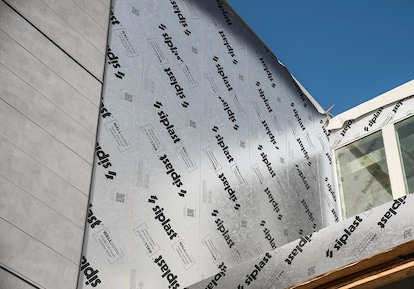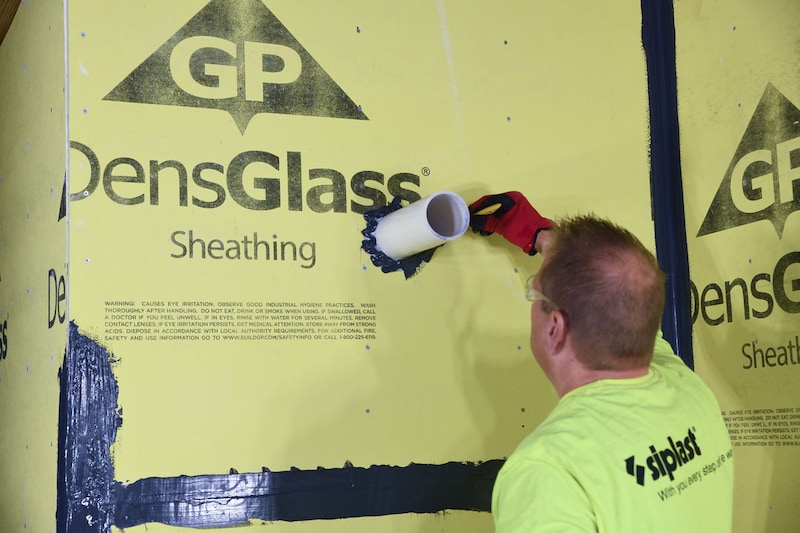
Building Enclosure

-
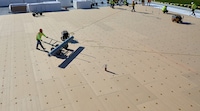
Thermal Bridging Mitigation Strategies
December 15, 2025
-
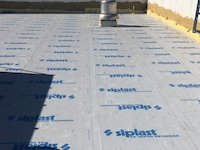
Vapor Barrier Basics for Design Professionals
October 21, 2025
-
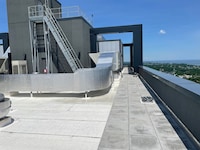
Parapet Parodies: Water, Air, Thermal, and Vapor Control
September 09, 2025


